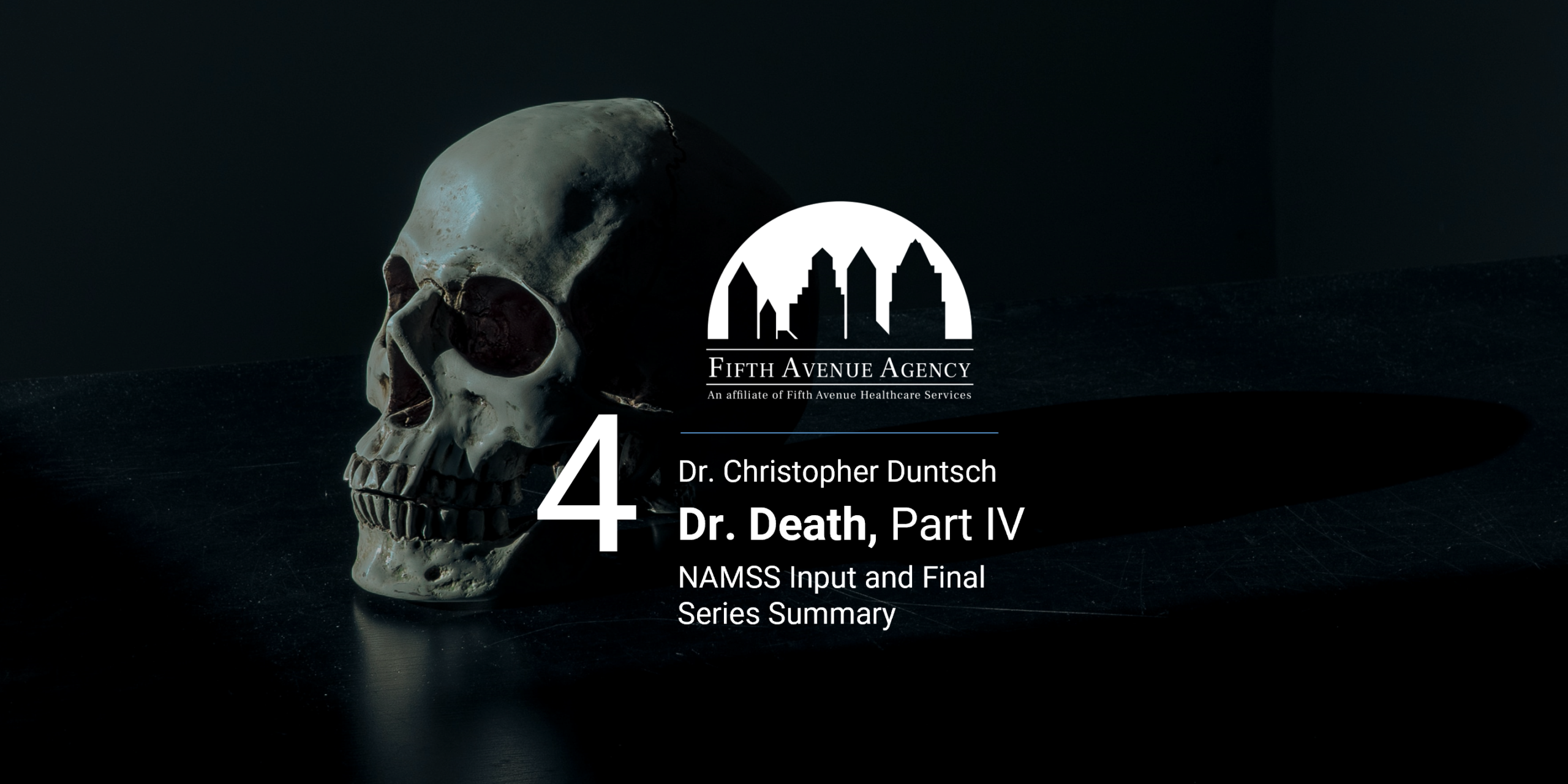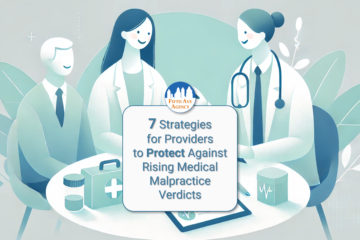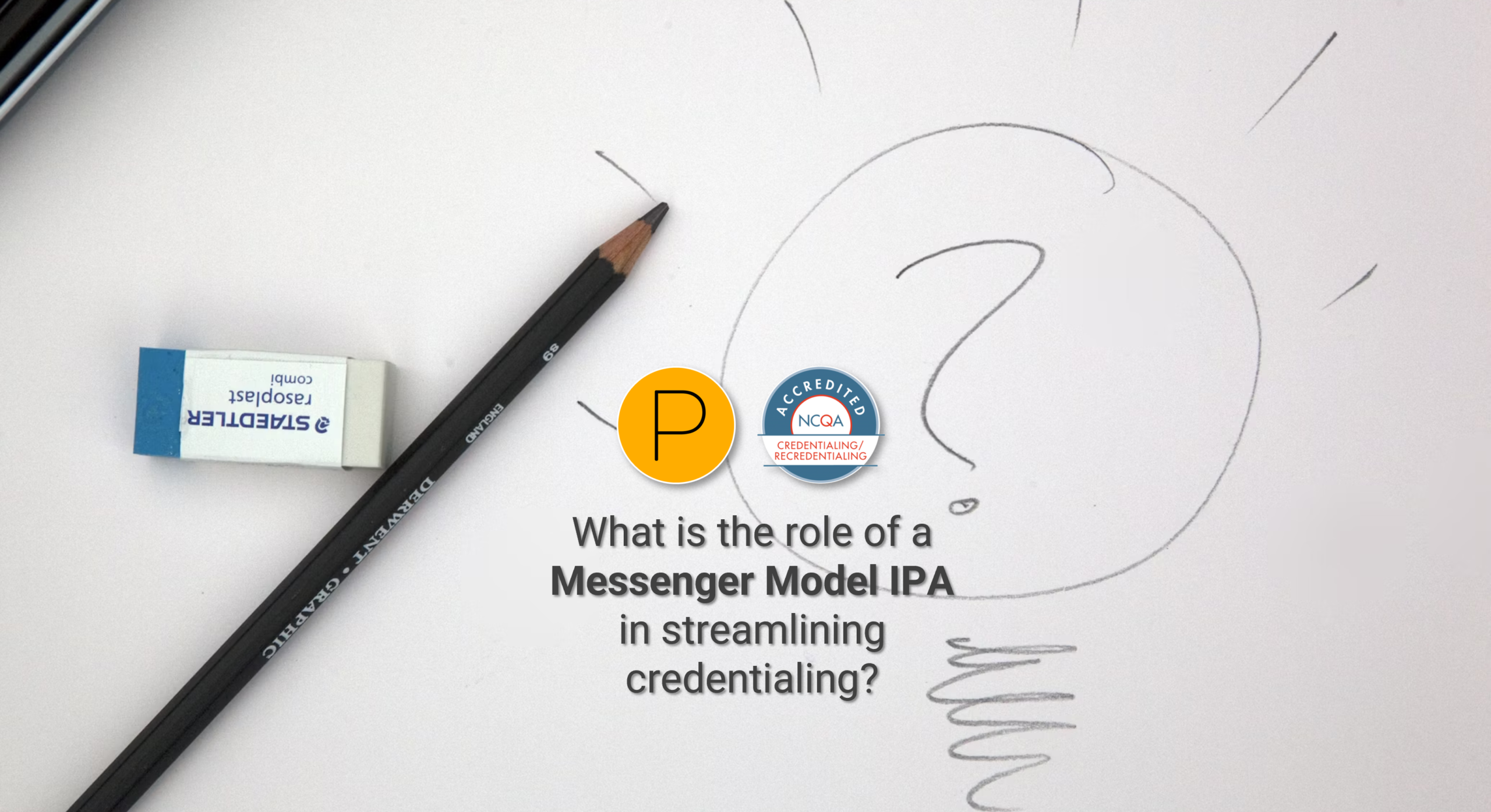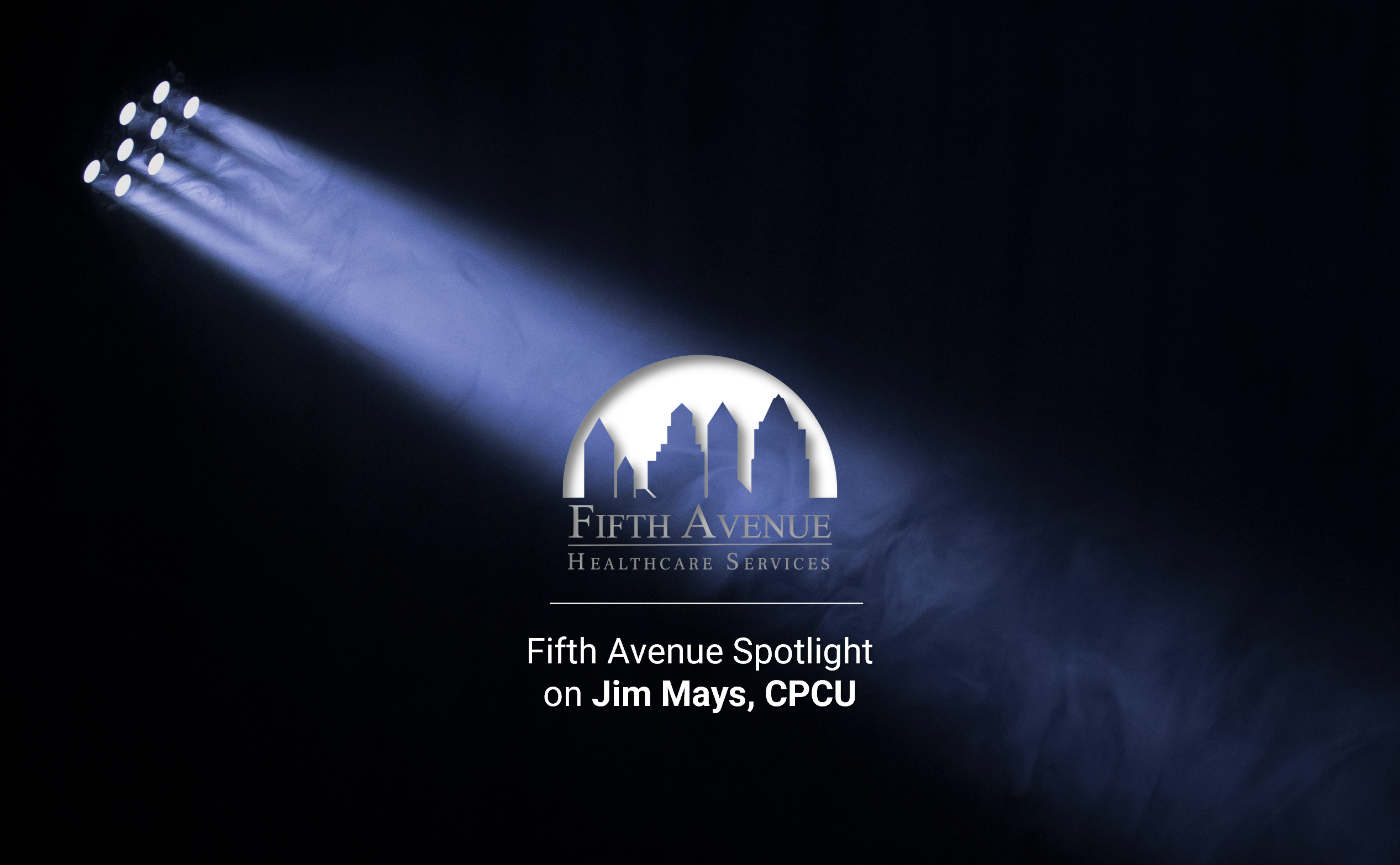Dr. Duntsch, aka Dr. Death, injured 33 patients in less than two years. Many reports raised red flags regarding his mental state and abilities. In 2017, Dr. Christopher Duntsch became the first doctor in the United States convicted on criminal charges committed while practicing medicine and was sentenced to life in prison. Dr. Duntsch’s crimes have made him the subject of television shows and podcasts, earning him the dubious nickname Dr. Death.
Dr. Christopher Duntsch was a superstar neurosurgeon – on paper. He injured 33 out of 38 patients in less than two years. These were not minor injuries either. Surviving patients suffer partial or complete paralysis for the rest of their lives. There were troubling reports during his medical education and residency that raised red flags regarding Dr. Duntsch’s mental state and abilities.
Dr. Death: Who is to Blame?
Dr. Duntsch was held responsible for his actions, but was the medical credentialing system also at fault for letting Dr. Duntsch continue practicing medicine and operating on patients? Did the system fail? How can the system protect patients better in the future?
The Accreditation Council for Graduate Medical Education (ACGME) requires trainees to complete a set number of cases during training — under supervision at first, then independently. This measurement of training can help make sure that trainees can provide quality care to patients. Hospitals rely on training programs to enforce the ACGME’s requirements to verify education and training. Most hospitals verify training via American Medical Association (AMA) profiles. AMA profiles list healthcare providers’ information, such as education, training, and board certifications. This data covers physicians in the United States, non-U.S. medical school graduates residing there, and physician assistants.
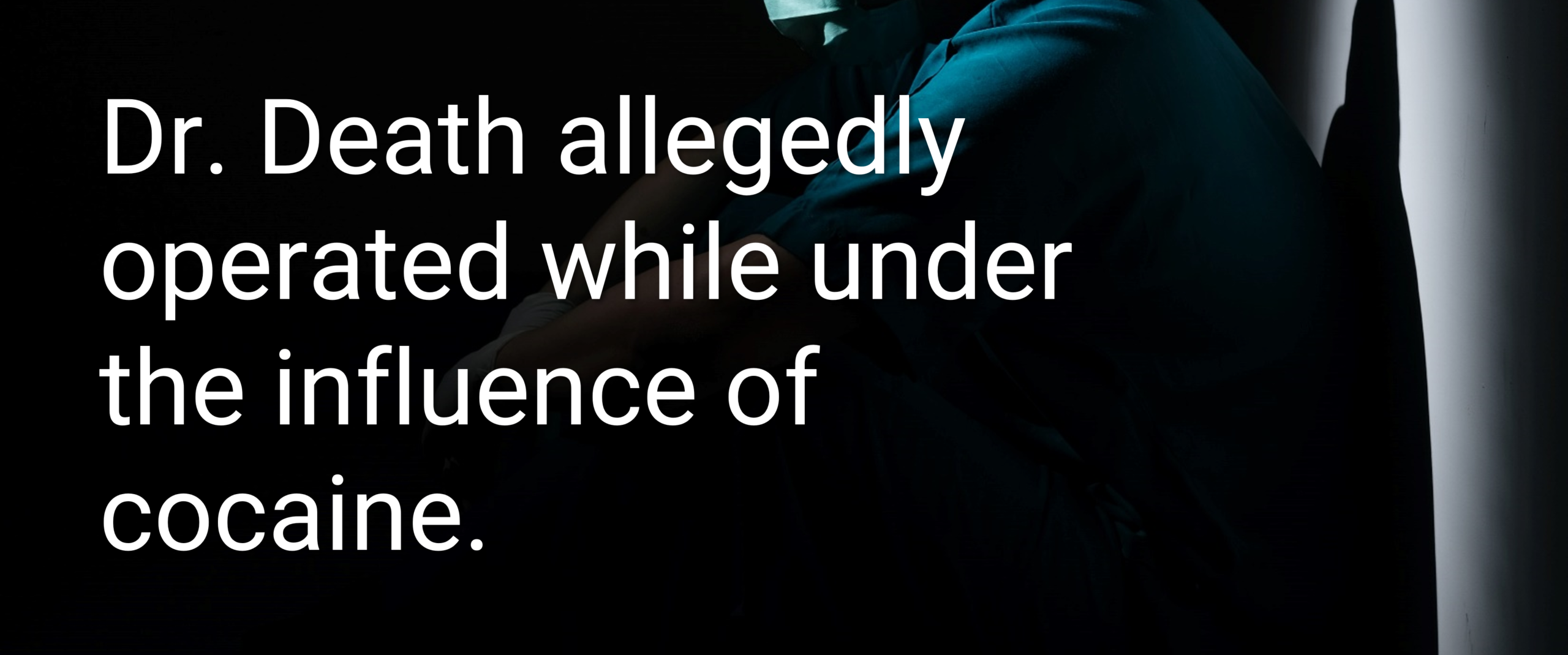
Dr. Christopher Duntsch finished residency with 100 performed surgeries, failing to meet the criteria set forth by the ACGME. However, his supervisors reported that he completed his training. Despite being, by most accounts, a lifetime recreational drug user and even spending time in rehab during his residency, Dr. Duntsch managed to complete neurosurgery residency programs at the University of Tennessee Health Science Center and a spine fellowship program at the Semmes-Murphey Clinic, also located in Tennessee. His time in rehab was possibly brought on by allegations that Dr. Duntsch had operated while under the influence of cocaine.
Dr. Death: False Beginnings
Dr. Duntsch’s resume claimed he had fifteen years of medical training and graduated with a microbiology doctorate from St. Jude Children’s Research Hospital. St. Jude Children’s Research Hospital did not offer that program when Dr. Duntsch claimed he attended. Despite these suspicious circumstances, Dr. Duntsch was able to enter employment at multiple prominent medical centers, including Baylor Regional Medical Center in Plano, Texas (now Baylor Scott & White Medical Center in Plano and commonly referred to as Baylor Plano).
Dr. Duntsch’s first place of employment after “completing his training” was at Baylor Regional Medical Center in Plano, Texas (now Baylor Scott & White Medical Center in Plano and commonly referred to as Baylor Plano). Dr. Duntsch was hired as a minimally invasive spine surgeon. It did not take long for his colleagues to realize that Dr. Duntsch’s resume was inaccurate.
Within Dr. Duntsch’s first few weeks at Baylor, his peers believed Dr. Duntsch suffered from a personality disorder, was pathologically disturbed, chemically dependent, or was all those things.
Dr. Death: First Patients At Baylor Regional
Kenneth Fennell was the first patient Dr. Duntsch operated on at Baylor. Mr. Fennell hoped surgery performed by Dr. Duntsch would alleviate his back pain. Dr. Duntsch operated on the wrong part of Mr. Fennell’s back, forcing Mr. Fennell to require a second operation. Dr. Duntsch also performed the second surgery, removing a nerve that left Mr. Fennell paralyzed from the waist down.
Thus began a series of medical negligence that occurred at medical centers employing Dr. Duntsch. More surgical errors followed. Dr. Duntsch removed ligaments that should not have been removed and severed major arteries during a minor back operation.
Then, Dr. Death earned his nickname when one patient died after suffering acute blood loss under Dr. Duntsch’s knife. How was Dr. Duntsch allowed to practice medicine in the first place if his training was dubious at best?
Dr. Death: Continued Employment
How did medical centers hire Dr. Duntsch after performing surgeries that resulted in severe injury and death?
Is it possible that training program directors and department chairs fear lawsuits if they disclose information regarding the deficient performance of trainees (although they usually have releases from trainees)? This information is protected under the peer review privilege, which prevents patients and plaintiffs from obtaining records prepared in connection with quality reviews.
The training program Dr. Duntsch completed failed to disclose any concerns with Dr. Duntsch, and his time in drug rehab was not disclosed in any format. Did the hospitals and administration act in an attempt to mitigate a lawsuit from Dr. Duntsch simply ‘kick the can (Dr. Duntsch) down the road’?
When Dr. Duntsch went from center to center, he began working on temporary privileges, which gave him time to continue operating in error before the current hospital saw the results of his horrific practices. Additionally, Dr. Duntsch’s allowed ‘resignation’ at Baylor was not reported to NPDB. Perhaps Baylor feared litigation from Dr. Duntsch, and this fear led to actions that took precedence in this case over putting patients’ safety first.
Dr. Death May Have Benefited From Perceived Loopholes
Whenever Dr. Duntsch faced termination, he was allowed to resign. It is a common misperception that providers may resign and avoid reporting to NPDB (the National Practitioner Data Bank (NPDB) contains information that prevents health care providers from moving from state to state without disclosing past professional offenses that may have resulted in medical malpractice claims). This complex issue should be examined extensively using common sense and direction from legal experts.

In 1986, the federal Healthcare Quality Improvement Act (HQIA) created the NPDB and was passed to extend immunity to good faith peer review of physicians and dentists.
The HQIA establishes two instances when a hospital must file a report with the NPDB:
- when it takes a professional review action that adversely affects the clinical privileges of a physician for a period of longer than 30 days and
- when it accepts the surrender of clinical privileges of a physician (i) while the physician is under investigation by the entity relating to possible incompetence or improper professional conduct, or (ii) in return for not conducting such an investigation or proceeding (42 USC S 11133(a)(1)(B)). (taken from Gray Reed & McGraw PC)
Voluntary resignations must be reported to the NPDB under certain conditions. Dr. Duntsch’s resignation was not reported by any of the hospitals from which he resigned. It is uncertain if Dr. Duntsch’s employers took advantage of a perceived loophole in the law or simply did not report him.
What can be done better to protect patients in the future?
It appears that the system failed to stop Dr. Christopher Duntsch, whether out of poor reporting processes in place, fear of litigation, or perhaps the desire to make a profit. Despite physicians filing complaints with the Texas Medical Board, Dr. Duntsch continued to practice and injure patients.
Thankfully, Dr. Kirby (who was called in to do repair surgery on Dr. Duntsch’s patients) wrote a detailed complaint to the Texas Medical Board, calling Duntsch a “sociopath” who was “a clear and present danger to the citizens of Texas.” Under heavy lobbying from Dr. Kirby and Henderson, the Texas Medical Board suspended Duntsch’s license on June 26, 2013. The investigation took over a year to complete and saw investigators failing to follow up with physicians who filed complaints.
In addition to proactive doctors like Dr. Kirby and Henderson, hospitals need to take more initiative in putting patients above profits. Hospitals could require new graduates to submit case logs from their training programs and confirm their sufficient training and competence for the clinical privileges they wish to obtain. Hospitals could also send the GME Program Director a clinical evaluation that evaluates the trainee in each area of the ACGME six-general competencies, including evidence the trainee met all the program’s requirements and is competent to practice in their specialized field.
State Medical Boards should improve their complaint evaluation processes to expedite investigations, especially when patient safety is at risk. Had the Texas Medical Board acted sooner and completed its investigation faster, it may have prevented Dr. Death from injuring numerous patients.
This will be an ongoing case study for years, perhaps decades, and the healthcare industry will continue to learn from it. We will continue to develop better processes and strive to honor the Hippocratic Oath principle of do no harm. Dr. Duntsch never lived by this oath and left a trail of patients whose lives will never be the same. We can learn from the courage of those that proactively stood up and worked hard to safeguard future patients from Dr. Christopher Duntsch. We mourn the horrific thirty-three injured patients and loss of lives, and we must all do everything in our power to ensure this never happens again.
Read the final summary article on Dr. Death Part IV of IV for more information.
More information about Fifth Avenue Healthcare Services
Fifth Avenue Healthcare Services is a NCQA Credentialing Accredited family of healthcare companies. Sister companies include 5ACVO (credentialing and primary source verification specialists), Fifth Avenue Agency (MPLI and medical malpractice insurance specialists), and Primoris Credentialing Network (credentialing and provider enrollment specialists with 54+ health plan and network provider enrollment options).
Fifth Avenue Healthcare Services originally published this article here. For information on Fifth Avenue Healthcare Services, please visit FifthAvenueHealthcareService.com or Contact Us.



